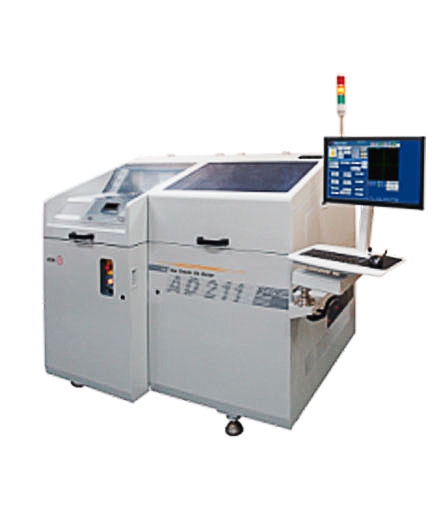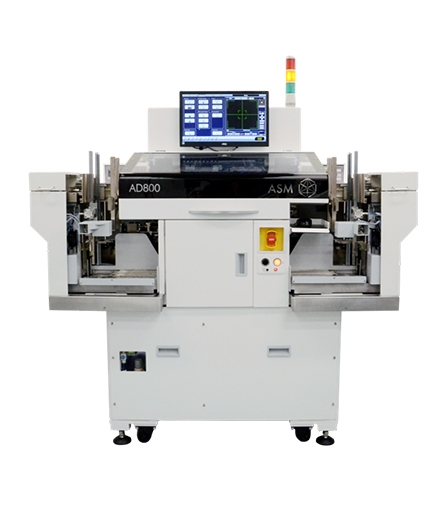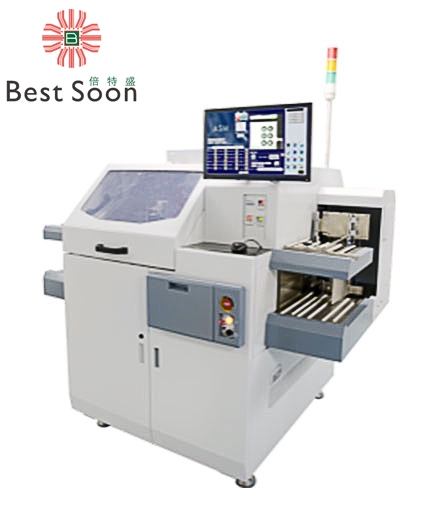Mini LED backlight business opportunities are ready to develop, and the yield of printed parts is the key to mass production
At the spring press conference held in April this year, apple officially released a new generation of iPad pro, which is not only equipped with a new M1 chip, but also as expected, the 12.9-inch model is equipped with a mini LED panel, so that users can have a better visual experience.
At the same time, the market also expects that after Apple releases the mini led iPad pro, the popularity of the mini LED will speed up. However, it is repeatedly reported that due to the yield problem of the mini led, the delivery of the new mini led iPad Pro has to be delayed (the original order was at the end of May). In this regard, industry insiders believe that the main reason for the poor yield of mini LED is in the back-end typing equipment. If we can further improve the yield of typing, we can expect to eliminate the production bottleneck of mini led.
Apple said at the launch that the 12.9-inch iPad Pro is equipped with a liquid retina XDR display using mini LED technology to achieve the most brilliant visual effect. It is reported that the liquid retina XDR display brings vivid details with a contrast ratio of 1000000:1, which is suitable for watching and editing HDR photos and movies, or enjoying favorite movies and programs; And it has amazing 1000 nit full screen brightness and 1600 nit peak brightness, as well as P3 wide color gamut, original color display and promotion automatically adapt to update frequency and other advanced display technology.
Apple further explained that more than 10000 Mini LEDs are divided into more than 2500 local dimming zones, and each zone can accurately adjust the brightness according to the screen content to achieve an amazing contrast of 1000000:1; Even when watching HDR content with rich details and strong lights, such as the explosion scenes of brilliant galaxy and action movies, it is more vivid than ever.

Mini led yield problem is hard to solve, new iPad Pro delivery plan is delayed
After Apple officially released a new generation of iPad Pro equipped with mini led, the market believed that it would help drive the development of mini LED products. However, it is reported that due to the yield problem of mini LED production, the delivery date of 12.9 inch iPad Pro will be extended to July.
Apple's new iPad Pro will go on sale in about a week, but consumers who buy the 12.9-inch iPad Pro may have to wait until July to get the product, according to a recent report by Bloomberg. According to the report, the reason why the delivery date of the 12.9-inch iPad Pro has been delayed again and again is that the production of the mini LED has encountered many challenges. In April, the report of Pember pointed out that before Apple released the new generation of iPad pro, it already faced poor yield of mini led, which limited the supply. Even so, Apple's suppliers are still trying to mass produce this technologically complex screen, according to sources.
In this regard, some people in the industry disclosed that the main reason why the mini led iPad Pro delayed shipping to July is its low yield of solid crystal products; In the past, you may think that mini LED is widely used, so it must be fast, only fast can not be broken, but it ignores the accuracy and yield, leading to production bottlenecks.
According to the exclusive news of ledinside, the actual yield rate of Apple's iPad Pro Mini LED backlight is about 95%. In terms of 10384 Mini LEDs per backlight, 519 Mini LEDs per backlight need to be reworked. At present, the average speed of automatic repair is about 30 seconds, including crystal removal, glue repair and re welding. It takes about 4 hours for each backlight to repair. To achieve the balance of the production line, one solid crystal punching machine needs 74 automatic repair machines, which is very expensive. It is understood that the main reason for the low yield rate is believed to be that the punching equipment does not have the function of immediate alignment and correction, and it is easy to cause offset, poor contact, short circuit, etc. by blindly driving with high-frequency thimble.

Mini led breaks through the bottleneck of production, and the yield of printed parts should be higher
In short, mini LED is a new display technology, and the demand of new display package is different from that of old package, which makes high yield become the key to success in mass production. So, is there a higher yield (more than 95%) of typing equipment?
According to the industry sources, the ASM Pacific fixd and new equipment with new solder joints has been installed in the backlight module factory in Chinese mainland, Taiwan, Korea, Japan and other places, and has reached the mass production level. The shipment rate for Mini LED backlight has been up to 99.97%. The average yield of apple is iPad Pro, that is, there are only 3 repair points per backlight. The required repair time is only 1.5 minutes. Based on the same production capacity, ASM Pacific's new welding head punching equipment only needs 0.4 automatic repair machines to achieve the balance of production line and effectively solve the production bottleneck of today's Mini LED backlight or RGB display screen.
In addition, in order to achieve mass production of mini led, in addition to the production bottleneck in the production process, upstream chip cutting is also one of the key technologies. Because the size of mini LED chip is small, it means that the number of chips cut from the same size wafer will increase, and the cutting times will also increase; However, because the chip size is reduced, more accurate process technology is needed in the cutting process to improve yield and reduce cost. According to industry sources, ASM Pacific's semi surface cutting technology can cut thin wafers, such as mini led and micro led. It can cut tens of millions of chips per hour and fully assist Mini led in large-scale production. Its high yield advantage can effectively improve the production efficiency and lighting rate of back-end parts.
In a word, to make Mini led break through the bottleneck of production and realize mass production, we need equipment with higher yield and better cost control; Through the technical support of equipment manufacturers, it can not only achieve more efficient transfer, detection and parts processing, but also reduce the follow-up repair time, so as to accelerate the goal of marketization.
